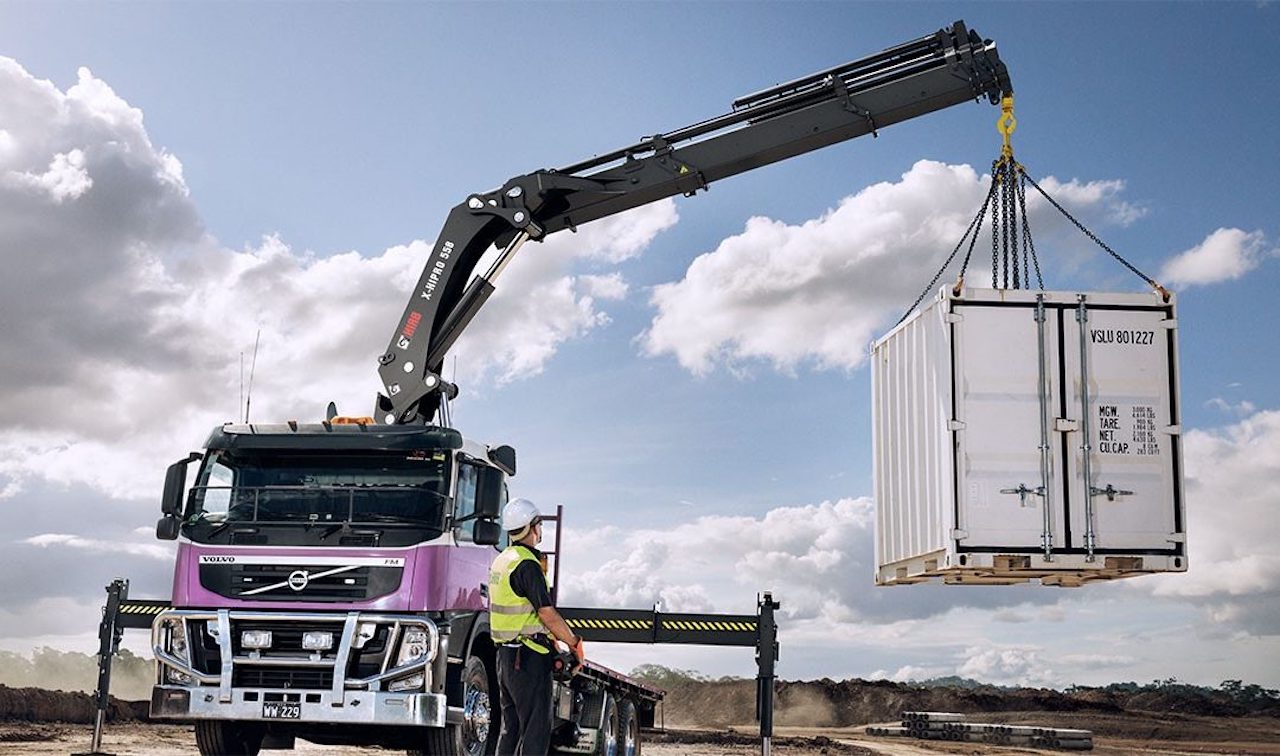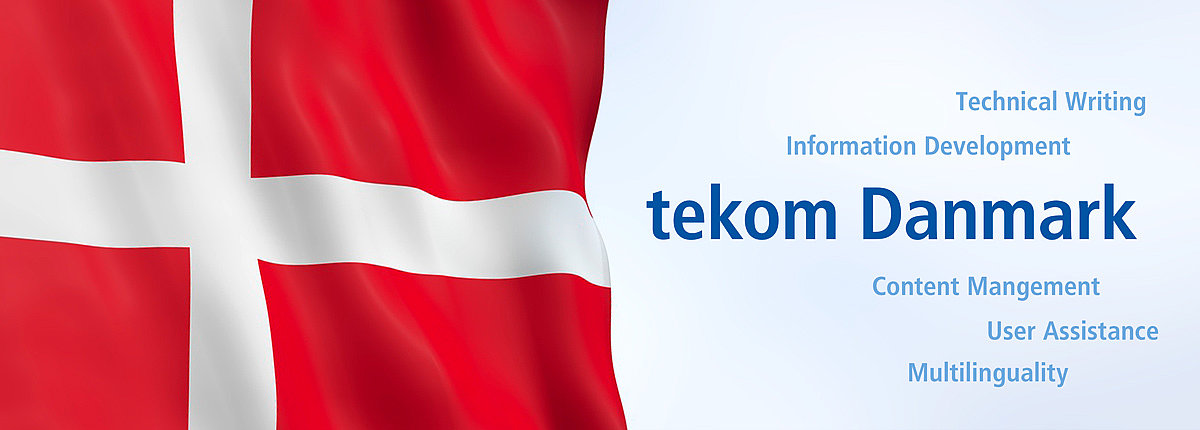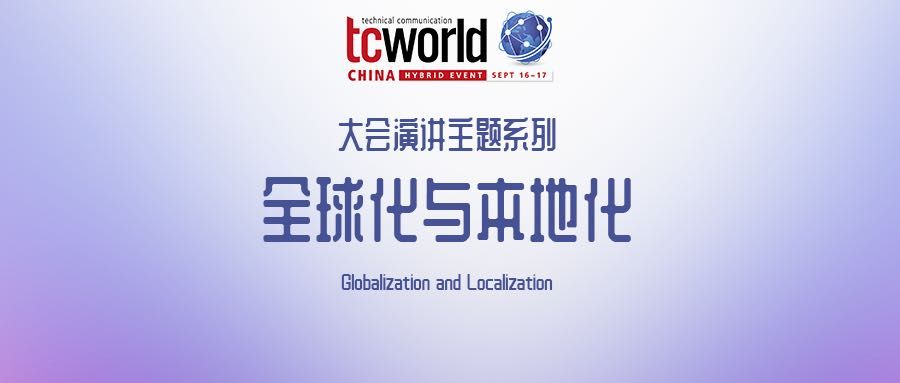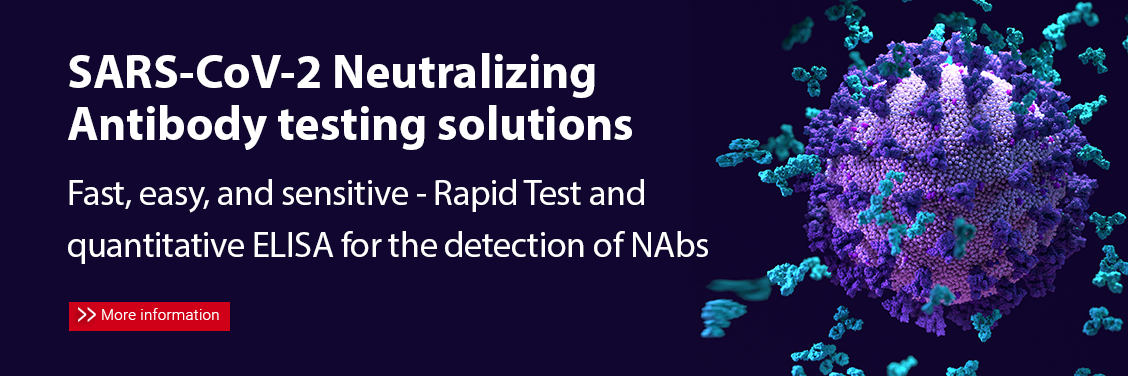Simplified Technical English as part of your content strategy
Since 1921, Komatsu has stood for unrivalled quality and reliability. These defining principles, along with an emphasis on safety, compliance, and social responsibility, remain part of our Komatsu DNA. With each brand and company added to the Komatsu family, we expand our capabilities, leveraging our global teams to push beyond what can be done to create what can be imagined.
ASD-STE100 Simplified Technical English (STE) is a controlled language that is used to write technical manuals in such a way that they can be more easily understood by an international audience. To put it across plainly, STE is a form of controlled language that is guided by 53 technical writing rules that were put together by a committee of linguists, engineers, and manufacturers who established over the years that these writing rules made sense and allowed them to re-write any of their existing documentation based on these rules, making their documentation easier to understand, while maintaining accuracy, safety, and validity.
Develop, deploy, and deliver documentation with STE
STE Quick facts
Background: With the widespread dissemination of user documentation published in various delivery formats across several language translations, the relevance of global information management has become greater in an attempt to stem terminology inconsistencies, mistranslations, and the disproportionate escalation of costs associated with the maintenance, reuse, and consumption of technical content.
Year: In use since 1986
Current Version: Issue 8, May 2021.
Technical writing rules: 53
Dictionary word entries: approx. 2400 terms.
The STE specification also includes a core vocabulary of around 930 approved words and 1500 non-approved words that let technical authors write just about everything that they need for for procedural and descriptive texts. Therefore, the use of approved words, compliance with the standard, and a language quality checker tool to complement your content strategy efforts is akin to pooling your most valuable resources where people, internal processes, and innovative technologies become more aligned.
The role of technical authors and technical documentation managers
Technical writers are the go-between for subject-matter-experts (SMEs), engineers, designers and the end-users of documentation. Consequently, the responsibility of creating effective documentation falls on technical authors who will endeavour to send out a clear, unambiguous, and user-friendly message about their products and line of services.
At the level of global information management, technical writing professionals should consider short-term tactics and longer-term strategies to overcome the following:
- An ever-increasing volume of words to write and translate
- Snowballing translation and documentation management costs
- Overlapping information across different versions of similar document types
- Low comprehension levels for the English language jargon.
STE in practice
If this is your first time hearing about STE, the example that follows will hopefully shed more light on the principles and best practices that govern good STE writing. Here is an original piece of text presented in standard English writing:
THE SYNTHETIC LUBRICATING OIL USED IN THIS ENGINE CONTAINS ADDITIVES WHICH, IF ALLOWED TO COME INTO CONTACT WITH THE SKIN FOR PROLONGED PERIODS, CAN BE TOXIC THROUGH ABSORPTION.
And here it is again in STE:
THE OIL IS POISONOUS. DO NOT GET THE ENGINE OIL ON YOUR SKIN. IT CAN GO THROUGH YOUR SKIN AND INTO YOUR BODY.
Making the comparison between the two types of writing above, you will see that the original writing is rather cumbersome in expression. It is also very likely that the person reading this sentence will have difficulties following the writer’s line of thought because of the longer sentence length and unnecessary information included. In contrast, the text written in STE is much more to the point and simply distils what is pertinent to the person doing this work:
- The oil is poisonous.
- I must always be careful not to touch oil without protection.
From this example, STE shows us that warnings and cautions must always start with a simple and clear command that is usually substantiated by a reasoning that comes before or after. A command informs the user about the precautionary measures to take to avoid danger. Presenting information as if it were a general comment in the original writing obscures the importance of the message and is not specific enough.
Where can I learn more about STE?
Shufrans TechDocs regularly hosts online training workshops for technical writers, SMEs, and engineers at different time zones for your convenience. To learn more about our diverse course offerings and workshop customisations that we can do for you and your global technical documentation team, speak to us today!
What customers are saying.. | Komatsu Mining
Keiko Kawamura, In-house translator, Komatsu Ltd. “I was really satisfied with Shumin Chen‘s easy-to-understand explanation and delivery on the subject of Simplified English. My favourites are “Rule 4.1 Write short and clear sentences.” and “Rule 4.3 Use a vertical list for complex test.” because we can change our long and ambiguous sentences drastically for the better! It was great to have this kind of opportunity to rewrite our documents as a core team because we were able to rediscover gaps between our documentation and STE to be bridged. The rewriting workshop was totally up to my expectations. Shumin, we, all of us, very much appreciate your support! We are very satisfied with your training and eager to learn more about the STE Specification going forward.”
Leonard Smith, Technical writer, Komatsu Mining Corporation “The trainer felt competent and confident in her delivery on the subject matter Simplified English (STE) and its wider application in the industry. The introduction to the STE specification has been very useful for my understanding and application at work. In terms of STE writing rules that demonstrate flexibility, rule 1.6 – Use a word that is unapproved in the dictionary only when it is s technical name or part of a technical name lets us incorporate technical names and verbs unique to Komatsu Mining to be used as part of our industry- and project-specific terminology.
As STE is a new way of writing for us, it is too early to make a judgement at this point. I enjoyed the training, and standards were aligned with expectations. The rewriting exercise was challenging as we had to think in STE terms, the exercise was a learning experience based on our own material which we related to. Shumin, I enjoyed your course, thank you for helping me better understand!”
Kenichi Nagashima, Simplified Technical English (STE) evangelist, Komatsu Ltd. “As the global coordinator who creates and spreads rules to write Simplified English in our company, I am fully aware of the benefits of STE and have found the trainer’s delivery on the subject matter to be very useful. Because I am not a writer, it is difficult to remember all STE rules. When there are any other important rules, rule 3.6 which promotes the use of active voice in procedural sentences making sentences easy to understand is my favourite rule. The rewriting workshop was very useful for me in two ways. I could recognise that the quality of our documents is not satisfactory, and I learned how to make them better. I feel that Shumin Chen has great ability to rewrite sentences in our field (construction equipment), and it is very likely that I will want to recommend this course to others.”
An innovative approach to consider for your global documentation landscape
Over the last three decades, STE has emerged as a rather important and universal standard for technical English. Predictably, as a result of language standardisation, STE helps us to achieve a number of benefits. Technical writers become more consistent on a word level. This starts with the simple fact that we are going to use the same word whenever we refer to the same thing, so that means an improved level of consistency and consequently quality improvements.























